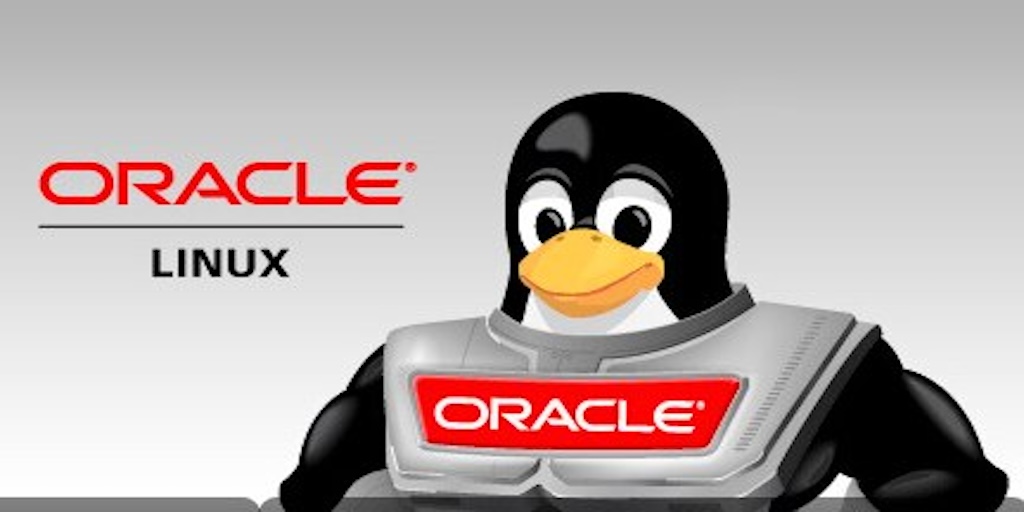The value of Oracle Linux Support: Why it’s a smart investment for your business
There are many attractive reasons for choosing Linux as your server operating system, including the sticker cost. However, there is one choice that could have a significant long-term impact – do you self-support or take out a professional Oracle Linux support subscription? This decision will significantly impact operational efficiency and costs. With that in mind, […]
The value of Oracle Linux Support: Why it’s a smart investment for your business Read More »





